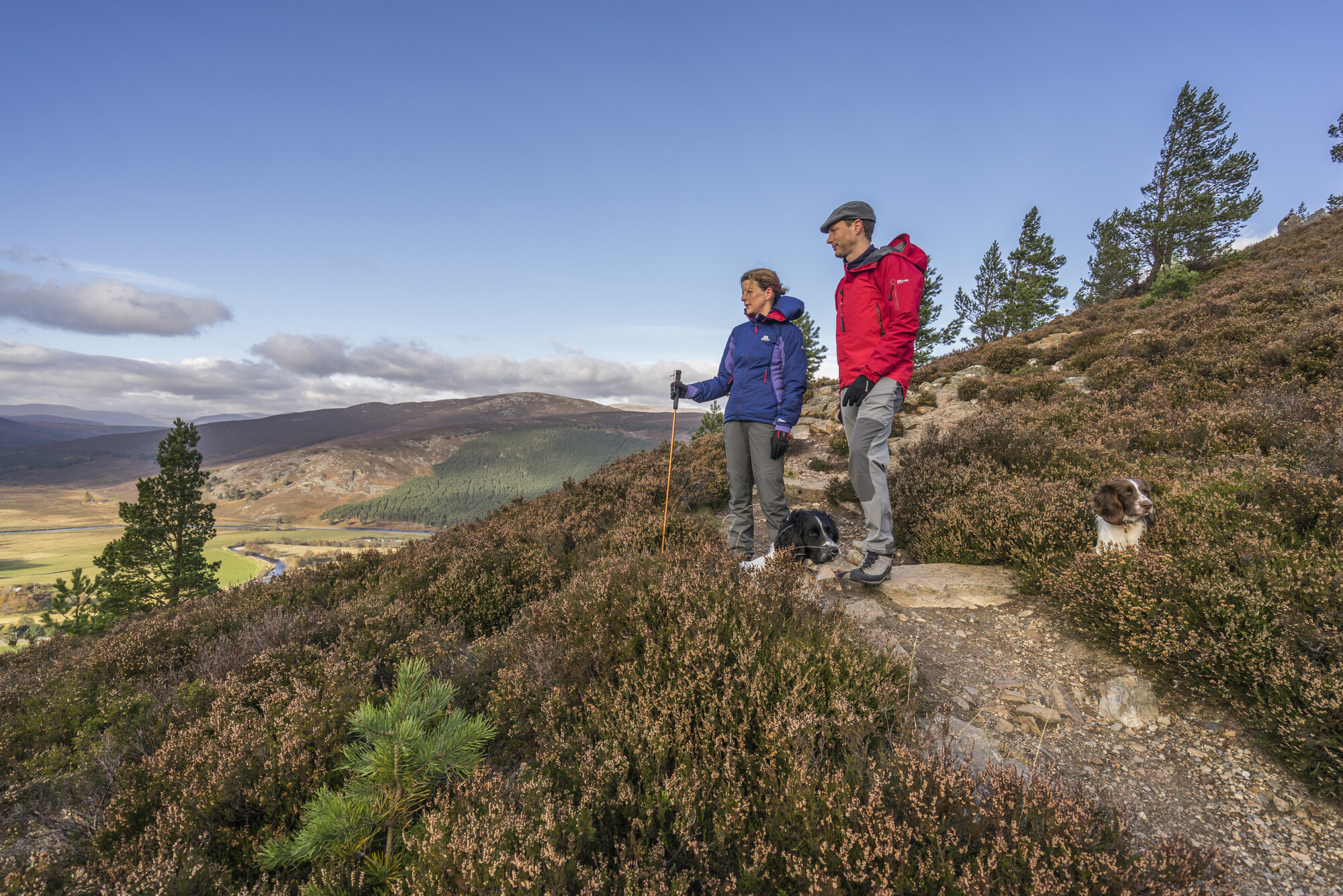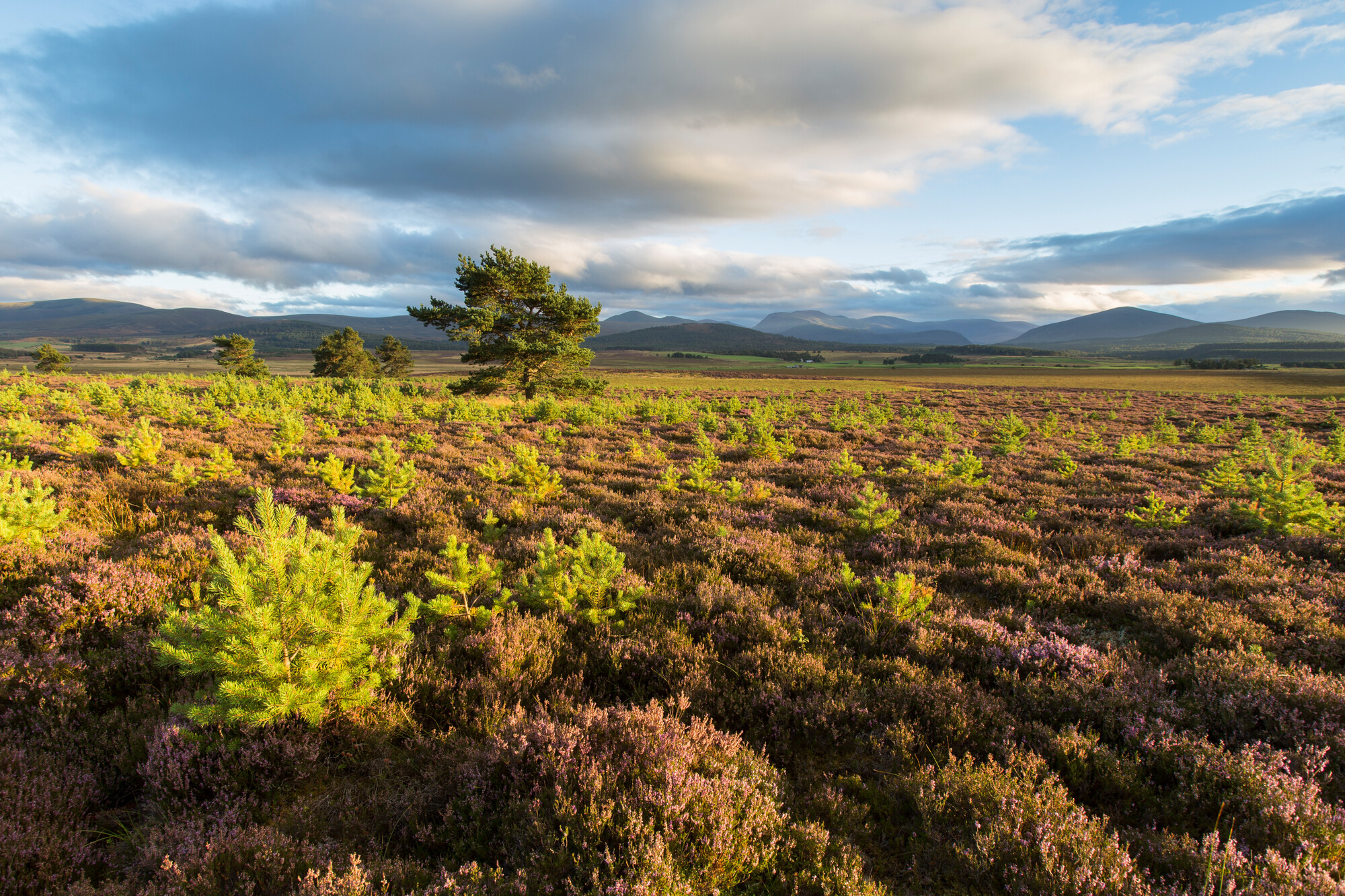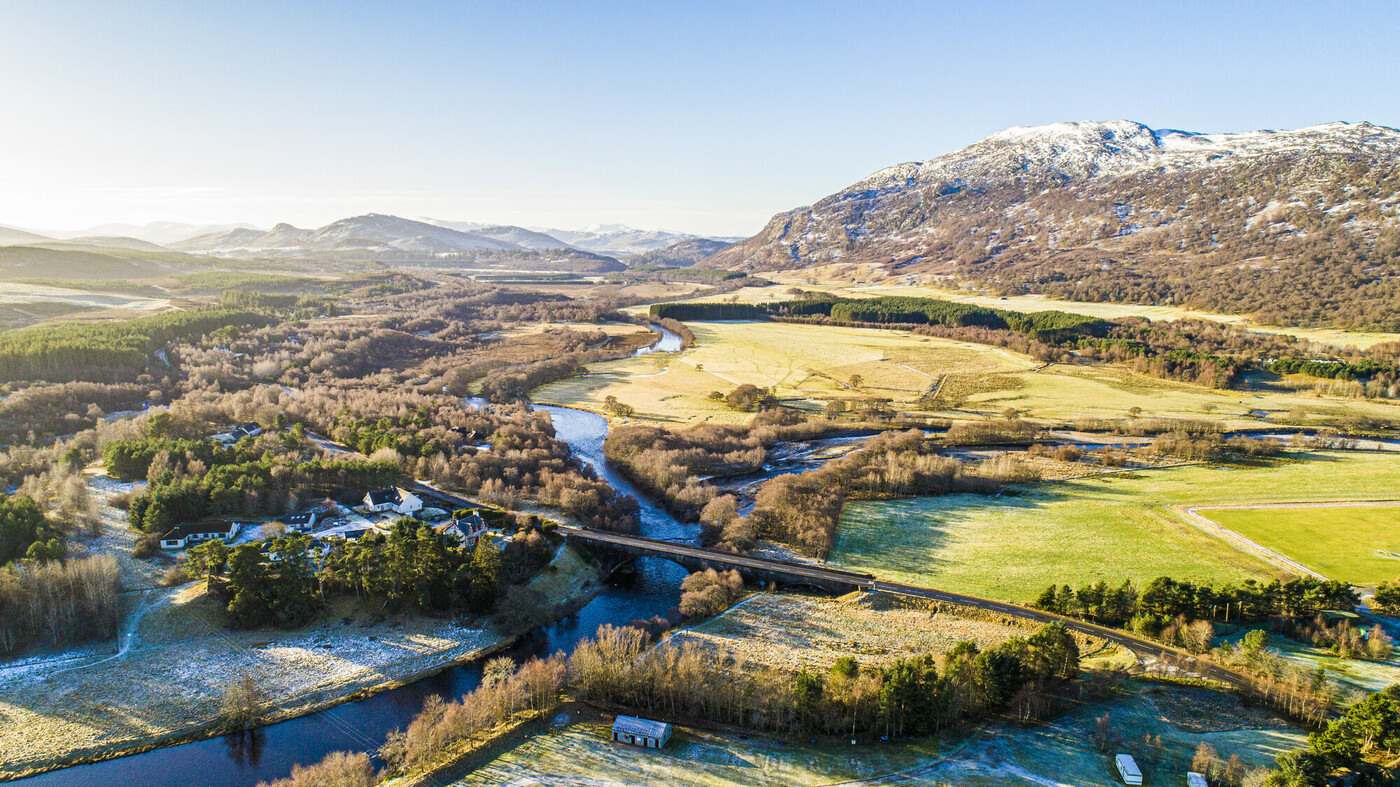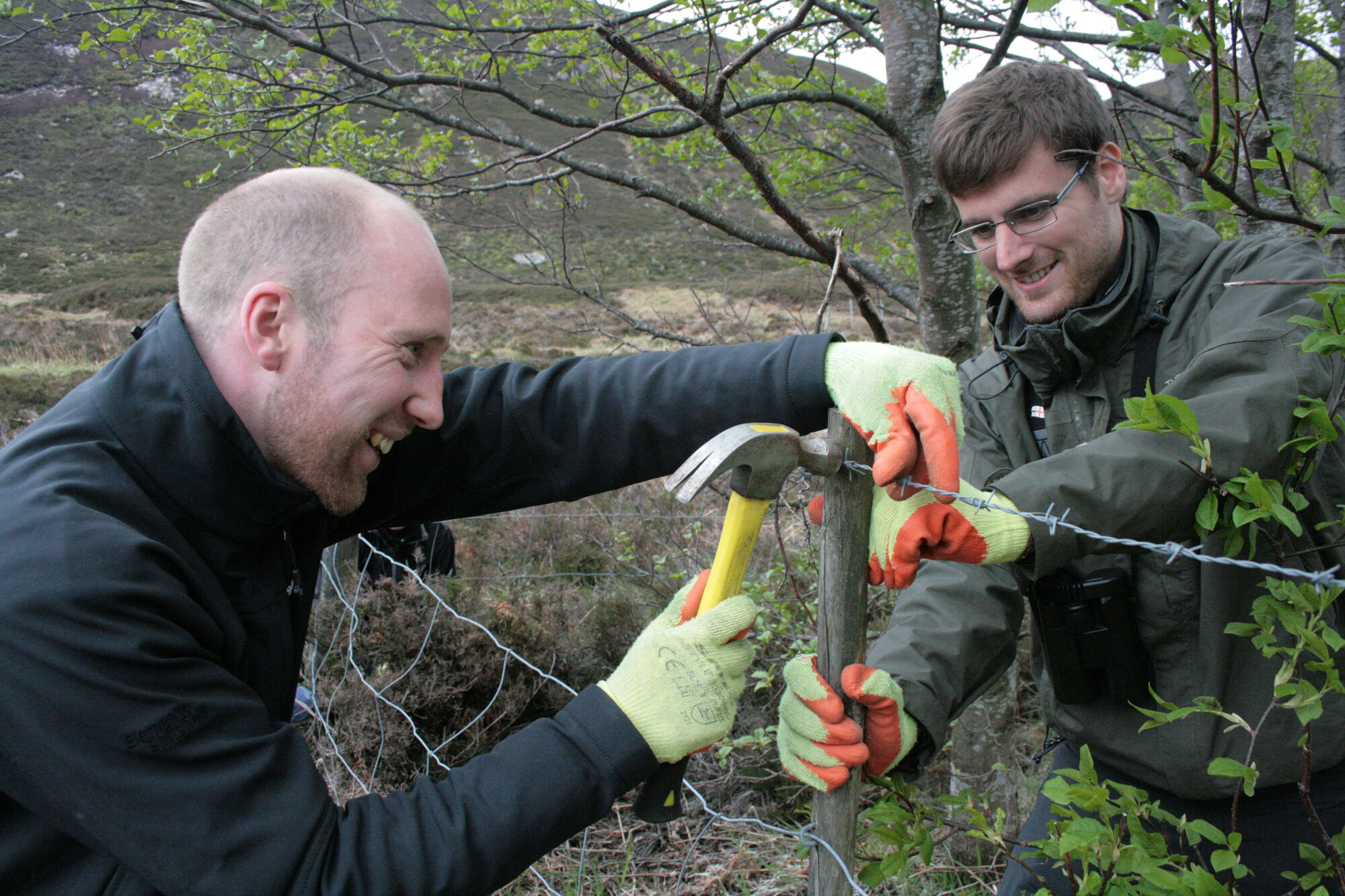New report published on gamebird releases
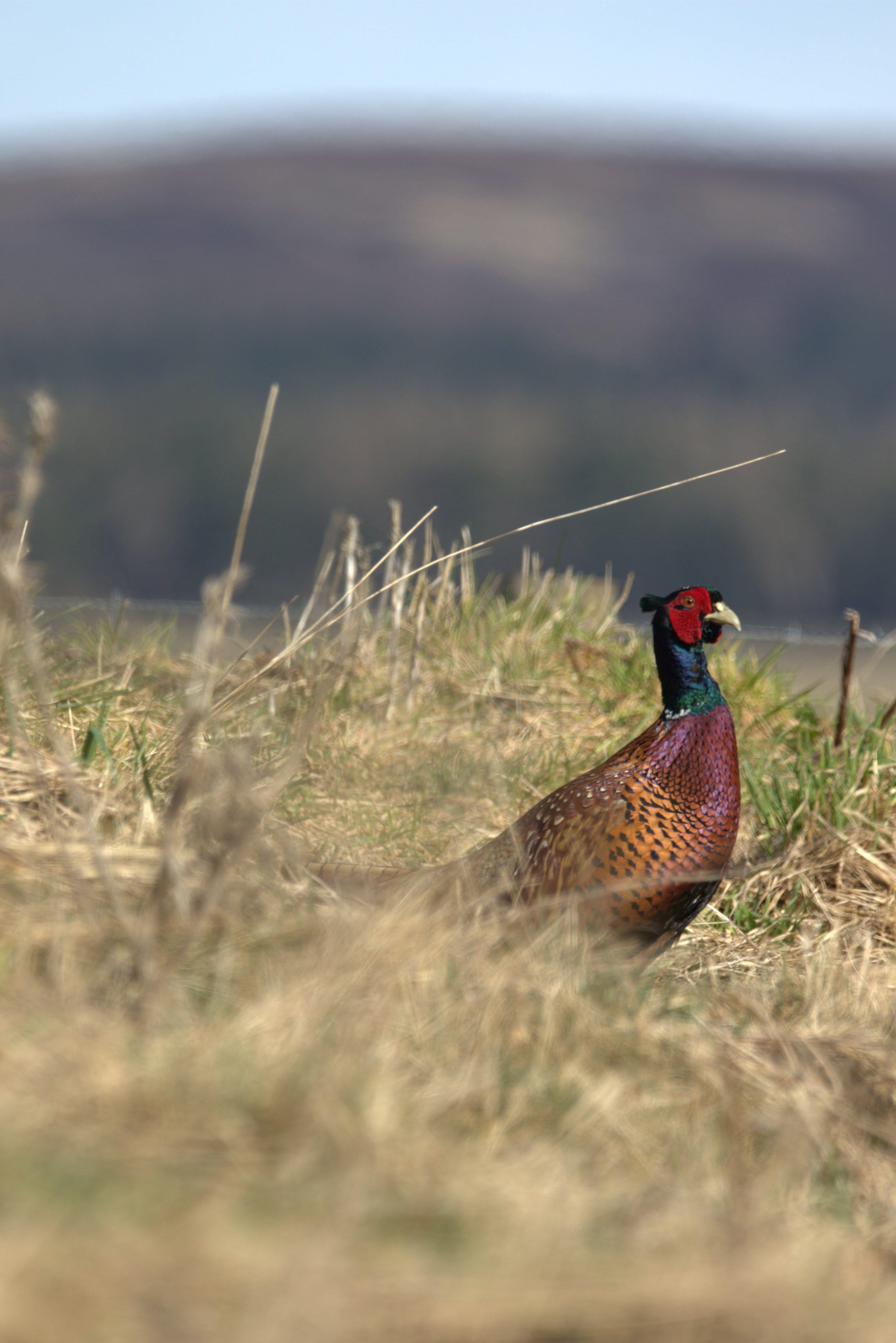
New report published on gamebird releases
Every year, pheasants and red-legged partridges are released on farms and estates in the Cairngorms National Park for game shooting. However, limited research has been done about the number of birds involved or their impact on native biodiversity. A new report from the Game and Wildlife Conservation Trust provides the first detailed assessment of gamebird releasing densities in the National Park.
The survey draws on data from the National Gamebag Census between 2000 and 2023 and from interviews with shoot managers on ten estates in the Cairngorms National Park where gamebirds are released, representing 45% of shoots within the National Park boundary.
The new report shows that gamebird release densities in the Cairngorms National Park were lower than elsewhere. Across the ten estates surveyed, average release densities in recent seasons were 70 pheasants and 73 red-legged partridges per sq km of estate area. Scotland-wide averages since 2000 have typically ranged from 181-369 pheasants per sq km of estate area.
The numbers released varied, from a few thousand on small syndicate or farm shoots to more than 10,000. The interviews established that the total number of birds released by the ten estates, averaged across the three most recent seasons (since 2022), were 53,966 pheasants and 24,413 red legged partridges. The study concludes that more research is needed to understand the positive and negative impacts of gamebird releasing in order to inform evidence-based management that reflects Scotland’s unique habitats, wildlife and culture.
Dr Nick Hesford, Director Scotland, Game and Wildlife Conservation Trust, said: “The objective of this work has been to gain a better understanding of gamebird release numbers and release densities in Scotland and the Cairngorms National Park, so that future discussions are informed by evidence and not based on assumption or inaccurate extrapolation.
“The Cairngorms National Park Authority has supported the project through its partnership plan which includes establishing a baseline for the number of gamebirds released in the National Park and the assessment of their impact on nature biodiversity.”
The Game and Wildlife Conservation Trust has previously undertaken work in England to assess positive, negative and neutral impacts on farms and estates where gamebirds are released, leading to the development of science-based sustainable releasing guidelines. This report is an important first step in creating the same kind of robust approach for the Cairngorms.
Dr Nick Hesford continues: “The data from the National Gamebag Census, and from this study, suggests that releasing densities in Scotland are generally lower than those in England, with some shoots operating at considerably lower levels still. This, alongside management practices, may help to mitigate some of the environmental concerns associated with higher-density releases observed elsewhere, however, it is clear that more research is needed to inform evidence-based management that reflects the Scottish landscape and habitats to support both biodiversity and sustainable game management."
Andy Ford, Director of Nature and Climate Change at the Park Authority said: “Good practice guidance is based on the principle of minimising negative effects and maximising positive ones so the overall balance is a net gain for biodiversity.
"We need to understand what this means in the context of the Cairngorms, and how gamebirds interact with the unique and nationally significant mosaic of habitats and species. Pheasant and partridge shoots are an important part of the rural economy and land management. We want to ensure they are sustainable and do not negatively impact on local biodiversity. This report is the first step in that process."
Latest from the National Park
Have your say on safer travel in Aviemore
Residents and businesses invited to share feedback on active travel designs
Peregrine numbers in decline in Cairngorms National Park
New report of peregrine falcon populations in the Cairngorms National Park published
Come have your say at our Aviemore drop-in event
Residents are invited to our roadshow event in Aviemore this December, one of a series held every year at different towns and villages across the National Park.
